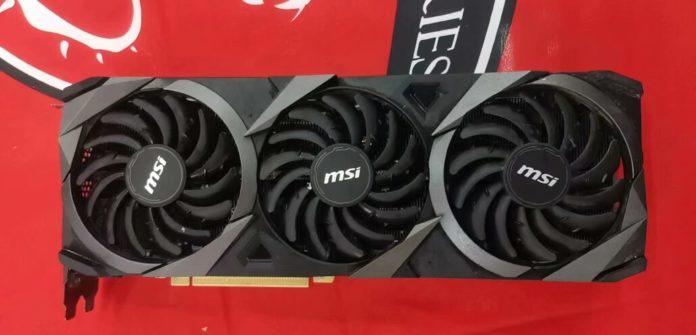NVIDIA
NVIDIA GeForce RTX 40 Founders Edition Cooler Leaked online
According to reports, QbitLeaks has obtained the Founders Edition design for the next NVIDIA GeForce RTX 40 series. The revised Founders Edition GPU cooler,...
NVIDIA GeForce RXT 3080 Ti GPUs selling in China’s Used GPU...
A Russian NVIDIA GeForce RTX 3080 Ti GPU, a specialised graphics card from Gigabyte, was mentioned in a report from a year ago. It...
Intel Arc A770 outperforms NVIDIA’s GeForce RTX 3060 by 14% in...
Finally, Intel has released the most recent ray-tracing-enabled performance benchmarks for the Arc A770, the company's top Alchemist graphics card, which have been used...
NVIDIA GeForce NOW: Here’s the new 22 Games which the Service...
The month of September 2022 is going to be quite busy. Throughout the month, 22 new games will be added to the service, with...
Nvidia GeForce RTX 4080 Appears in another leak
In March 2020, Elysian Realm (@KittyYYuko) provided some preliminary details regarding Nvidia's Ampere that proved to be rather accurate (1, 2). The leaker is...
Intel confident on offering better Ray Tracing then NVIDIA’s GPUs
Speaking with PCGamer, Intel disclosed that their Arc GPUs will be very competitively priced and even have superior ray tracing performance than the competition....









